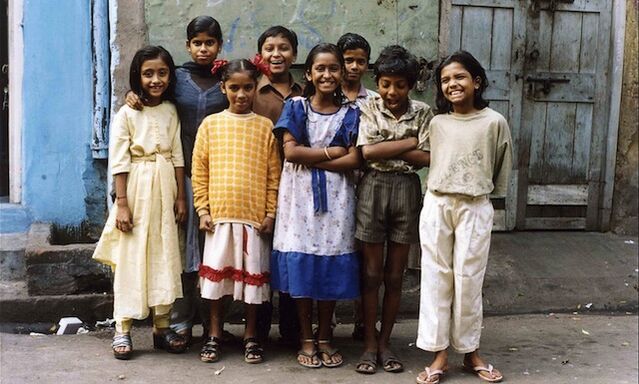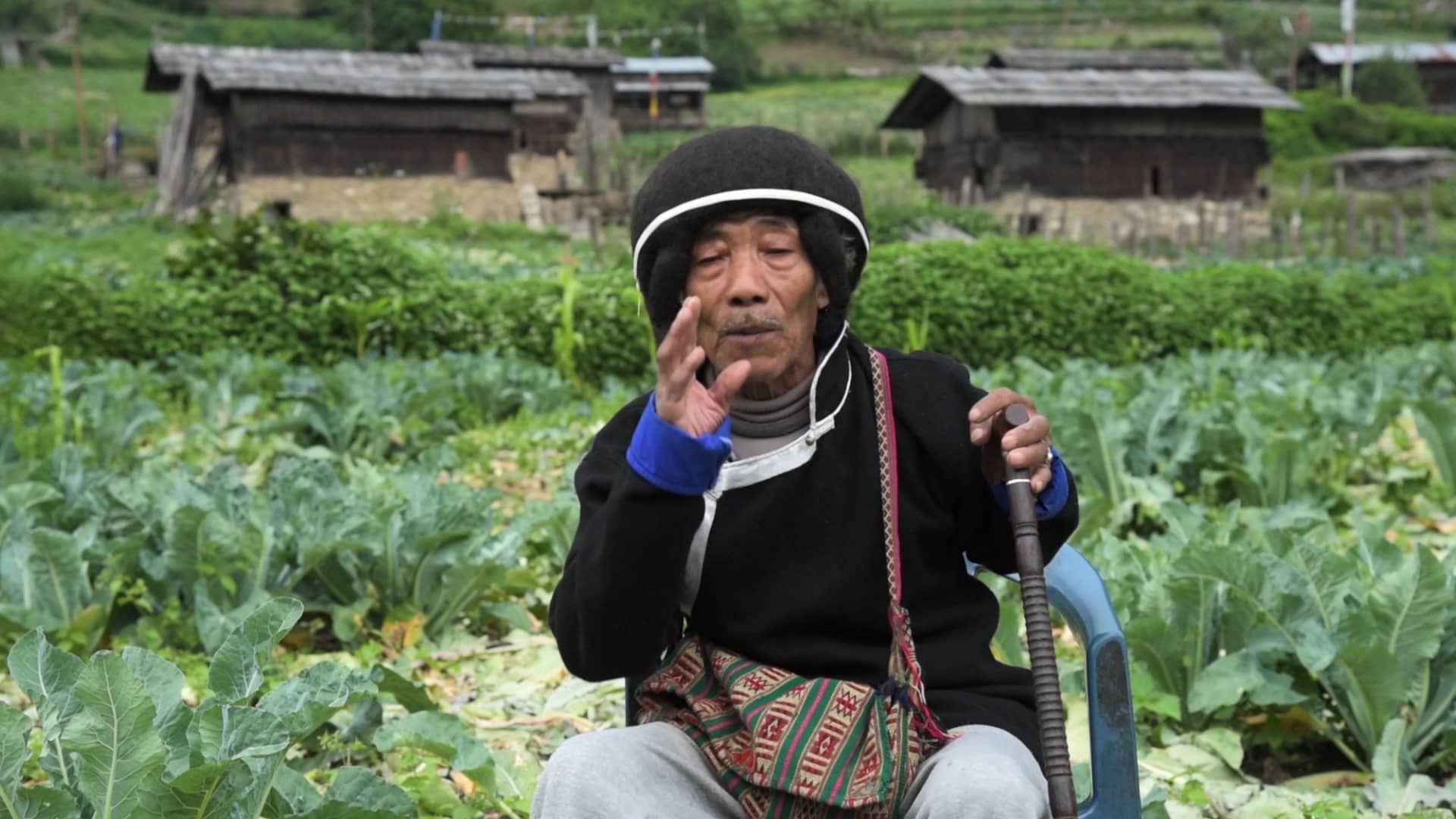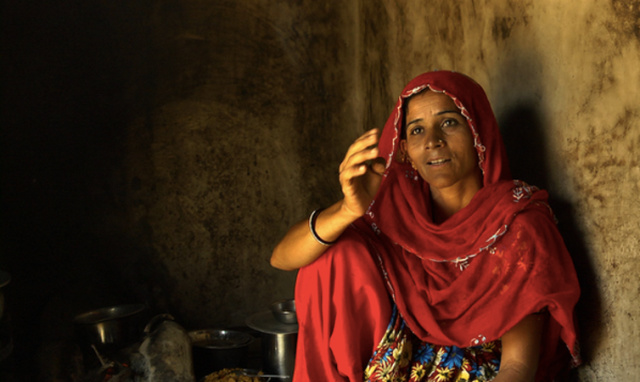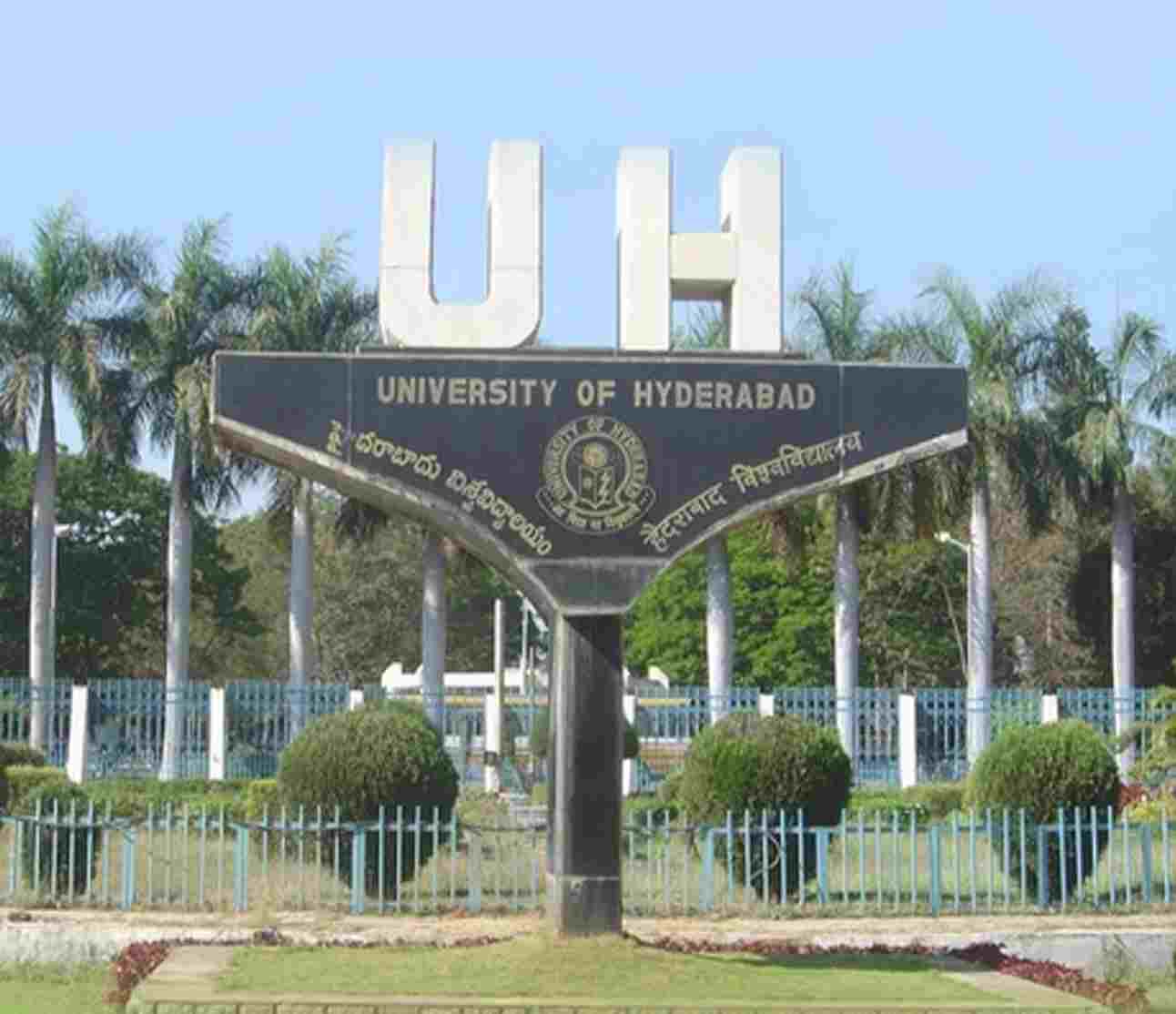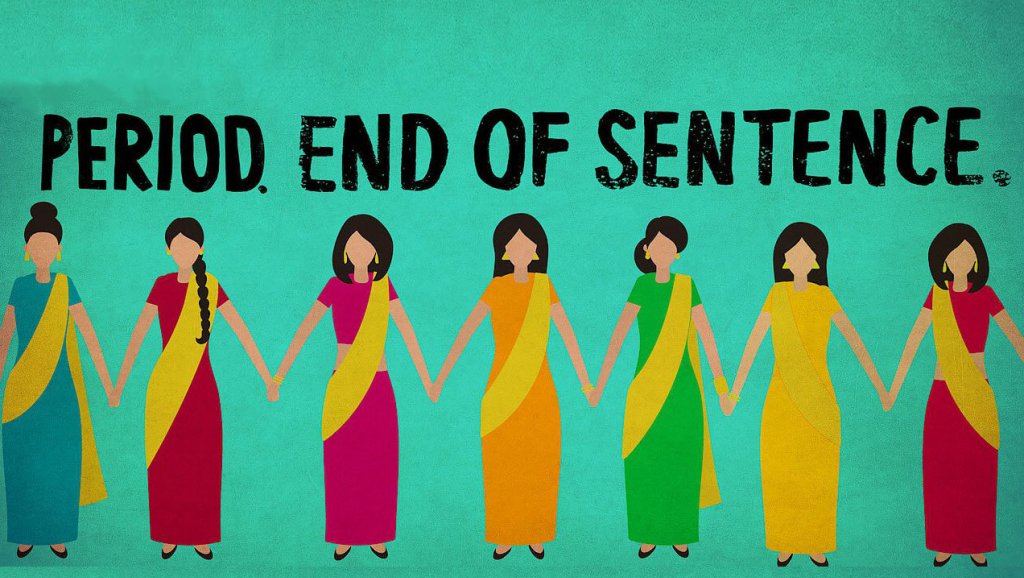Born into Brothels: Calcutta’s Red Lights Kids, is an Indian-American documentary released in 2004. The documentary focuses upon the lives of the ‘children of prostitute women’ in Sonagachi, Kolkata’s Red Light district. The film is written and directed by Zana Brisky and Ross Kauffman and has received several awards. Zana Brisky is an American documentary-photographer and she had come to India to make a documentary on Sonagachi. During her research she started an initiative for the children of Sonagachi area by giving each of them a camera, makes from them a group of young photographers. They learned to handle the camera and gradually they were asked to capture the area around Sonagachi. The documentary shows group meetings of young photographers with Brisky and the photographs clicked by them, where they discuss, share and appreciate each other’s work. Brisky wanted to do something for the children of Sonagachi so that they could live a better life in their future as compared to their present life. Hence she chose photography as a medium to bring them together and teach something. However we find that these interventions and initiatives were developed through a sense of pity and compassion. Hence, this article explores the compassionate interventions and the rationale behind it, to understand how individuals and organizations work for particular children in our country.
Compassion is a feeling that arises in witnessing another’s suffering and that motivates a subsequent desire to help. Born into Brothels is a very accurate example where a compassionate outsider i.e Brisky is trying very hard to reach out to children of sex workers and prevent them from their current living environment by providing some opportunities which define a better childhood. According to her, a compassionate intervention could lead a life free of labor and exploitation. In this approach there are few significant actors like savior and victim. By taking references from the documentary let us decode these terms in brief. There is a compassionate outsider, Brisy, who is helping children of sex worker’s in photography as a skill and struggling to get them into a school and safe houses. Her approach to do something nice and good for these children represents her identity as well as the identity of those children. She looks like she is saving the childhood of these children like a savior with a well-established understanding of childhood as a concept. Along with that one can draw the identity of a child. Here, the identity of the child is “child of a sex worker”. Children look like an ideal victim because they are sad and depressed being inside their homes. The physical circumstances of these children are represented as unfit to live a healthy childhood as their parents and guardians are not taking good care of them. In the movie, it is shown that children like Kochi (a young girl) are doing labor. She does household chores in her neighborhood. The background of the families is unstable, they are involved in selling liquor, girls have been forced to go in the line, children are not going to schools. Hence, Brisky wants to make their lives better and safe. However, there are few problems with such kind of compassionate interventions. Representations of sufferings (of children) essentialize, naturalize or sentimentalize sufferings rather than changing something in the structural cause. It works best in representation of sufferings, who are deprived of play and learning opportunities. It talks about saving children of sex workers from their plight, give them things to play, admit them in foster homes to train them to be more cultured and civilized. Born into Brothel also represents that intervention is important because the guardians are incompetent and uncaring. Here it does not take into account the voice of the mothers in Brothels as decision makers in policies that concern the lives of their own children. One can ask questions regarding intervention by showing change in the present scenario or lives of these children. The approach of intervention is focusing upon the singularity of sufferings i.e. erasing the multiplicity of the lives of children. A child can have different identities besides being a child of a sex worker. But the compassionate one only identifies the child as a victim. There could be a different perspective such as talking about multiple experiences, realities of coercion, celebration, negotiation and determination. An individual child has no identity, they are considered as a community of children whose childhood should be saved via their savior.
Let us understand the compassionate interventions in the light of two significant pillars i.e traditional R’s of rescue, and rehabilitate. In the documentary there are few instances which would help us all to understand Rescue as a tool. After spending and working for a good amount of time with these children Brisky wanted to remove them and relocate them from their current environment. She searched foster homes for girls especially because she had a fear that they might end up in the same work as their mothers. The rescue is from unsafe i.e. the family and parents to safe i.e. schools and foster homes. One can find critiques in this tool in terms of voice and agency of the children as well as their mothers. It is not considered in the documentary besides one case. The opinion of children whether they want to go to school or foster homes is not stated verbally in the movie. Also there is an assumption that foster homes can do something good and they would assure the safety of the children, always. Moving on to the next pillar i.e rehabilitate. The literal meaning of rehabilitate is to restore. In context of the documentary, restoring the innocence of these suffering children by creating opportunities to play and learn, by building safe houses, special care, giving them skills to paint or to photograph, is to uplift them from their current situations. Brisky introduced photography to them and gave them their personal cameras. One of her motives was to shift the daily engagements of children to do something skillful. She planned zoo visits, each visit was an escape for children to come out of the evil environment and of course take some photos.
In the documentary Born into Brothels the compassionate outsider makes an image of children and childhood in her mind. The notions of children’s voice, agency and participation have diverse connotations because ‘childhoods’ are understood very differently. Globally children are understood as our hope for the future and for that their childhood is viewed as protective. In the documentary also Brisky wants to protect the children because they are children of sex workers. The global focus is to erase child labor, abuse and exploitation from childhoods. A particular kind of childhood has been imagined which promotes singularity and as UNCRC claims abstract universalism. This universalism claims healthy family environments and opportunities to go to school because western interventions assume that school sites are the most profitable for children. In the documentary also there is a constant push to send children in school and manufacture a customized child. This is an export childhood. What is happening globally is impacting global north as well as global south. In the documentary also children have been shown as voiceless and without agency and on the same hand Brisky, an outsider, is talking about their rights.
Adults are taking decisions as per their understanding of an ideal childhood and children are still seen as incapable to take decisions and stand for themselves. But there is a need to recognize multiple childhoods as the child rearing practices, family backgrounds and other factors impacting childhoods are very diverse. For compassionate intervention it is important to understand that the requirements are diverse as per the immediate environment.
Isha did her Post Graduation in Education from Ambedkar University, Delhi. She is deeply interested in the domains of education, culture and arts.

